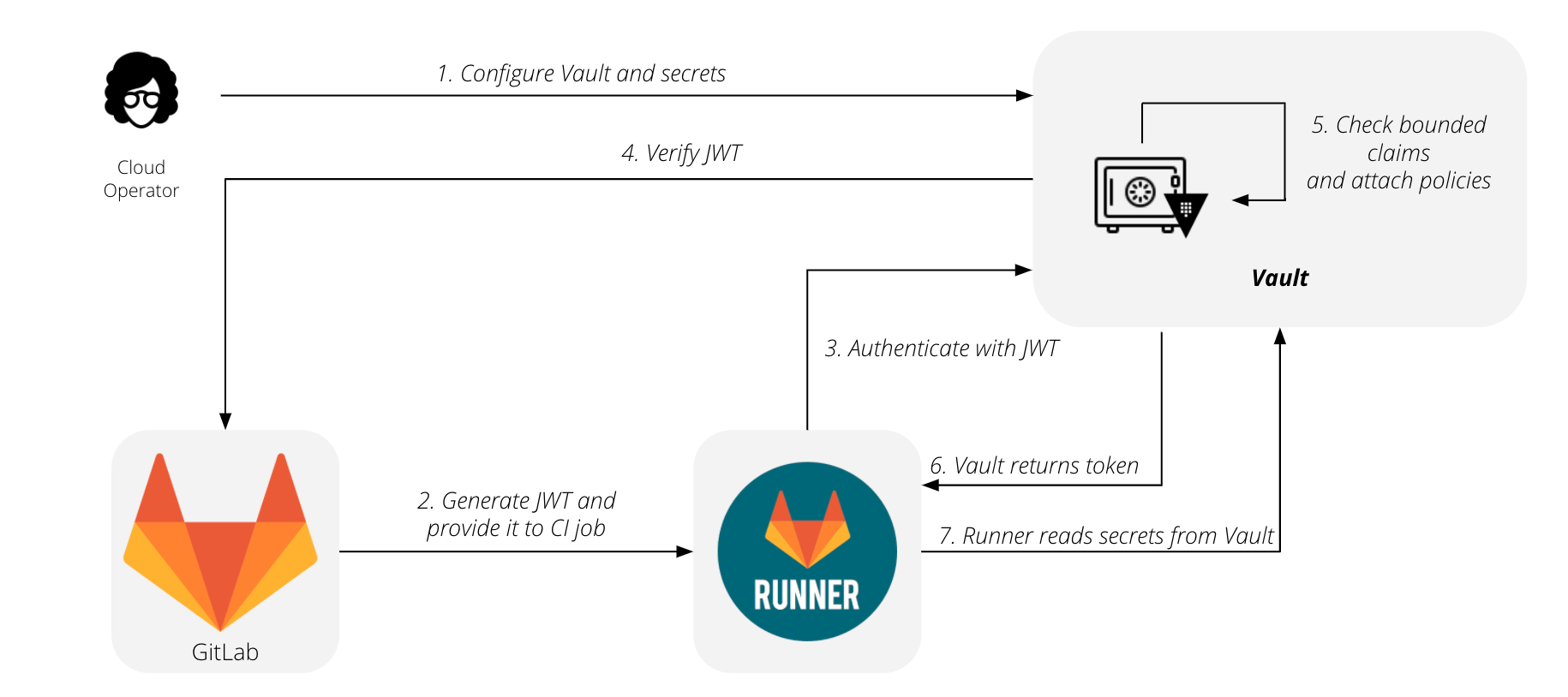

#Cygwin install git secret full#
You can view the full workflow setup for these examples here. This approach could be expanded to only mark some pull requests to be automatically merged for example those opened by core team members in an open source project.Īnother workflow automatically creates a GitHub Release for every git tag and uploads build assets to it: - name: Create a release and attach files If no existing Action exists on the Marketplace to perform a specific task, you may be able to script a workflow using GitHub CLI.įor example, this workflow step will mark every new pull request to be automatically merged when all the requirements are met: steps: GitHub CLI comes pre-installed in GitHub Actions virtual environments. This enables scripts to receive and have full control over raw data from gh. In general, when gh detects that its output is piped to a script as opposed to being printed in the terminal, it tends to format the output in a more machine-readable format: fields are tab-delimited we no longer truncate any text and, there are no escape sequences for color in the output. For example, here’s an alias to be able to quickly checkout a pull request from the list of open ones: $ gh alias set co -shell 'id="$(gh pr list -L100 | fzf | cut -f1)" & gh pr checkout "$id"' After that, we can isolate just the pull request number from the output using cut and forward it as an argument to another gh command.

The fzf utility allows interactively filtering the input stream and prints the selected line as its output. Selecting a specific item from the list might be easier with the help of fuzzy-finder tools such as fzf: $ brew install fzf However, to search for a specific item and act on it, you might need to scan through the entire list. The gh pr list command prints open pull requests for the current repository. After installing it with Homebrew or another package manager of your choice, we can use it to view changes in a pull request as a split diff: $ brew install git-deltaįinally, to define a pager for all gh commands by default, you can set a configuration option: $ gh config set pager 'delta -s'Īfter this, long output from gh commands should no longer be an issue. For instance, delta is a utility to format git diff output. In addition to common pagers like less, there are pagers for specific purposes as well.
#Cygwin install git secret windows#
To exit the pager, press “q”.Ĭompatibility note for Windows users: if you would like to follow along with these examples, enter the commands from within Git Bash that comes bundled with Git for Windows. The less pager allows moving up/down with keyboard keys and searching within the output by typing “/”. To help you avoid having to do this every time for long output, gh respects the PAGER environment variable setting by passing all output through the specified pager utility: $ PAGER=less gh issue view -c If you run the issue view command above, you might notice that, due to the size of the conversation thread, the output of the command fills several screens, and that in order to start reading from the top we first need to scroll back. $ gh alias set iv 'issue view -comments'Īnother option that I like to set is to define a terminal pager. For example, to avoid typing long command names and their flags in full, we can define aliases for them: # before: The most basic way to start extending command-line tools is to explore their customization options. In the following examples, we will use GitHub CLI 1.7+ to capture different GitHub workflows by leveraging these concepts. Terminal emulators, shells, and command-line tools are ubiquitous because they are built on the idea that plain text is the universal interface, easily passed between processes via input/output streams. So to celebrate one year with GitHub CLI, let’s explore how we could customize and build on top of the gh command. Where command-line tools really shine, however, is in their ability to be combined with other utilities and embedded in scripts to capture workflows that may be specific to you or your team. Since, we have added functionality to manage your repositories, comment on issues, enable auto-merge for pull requests, securely configure secret values for GitHub Actions, and more. It has been a year since we’ve launched the first public release of GitHub CLI.


 0 kommentar(er)
0 kommentar(er)
